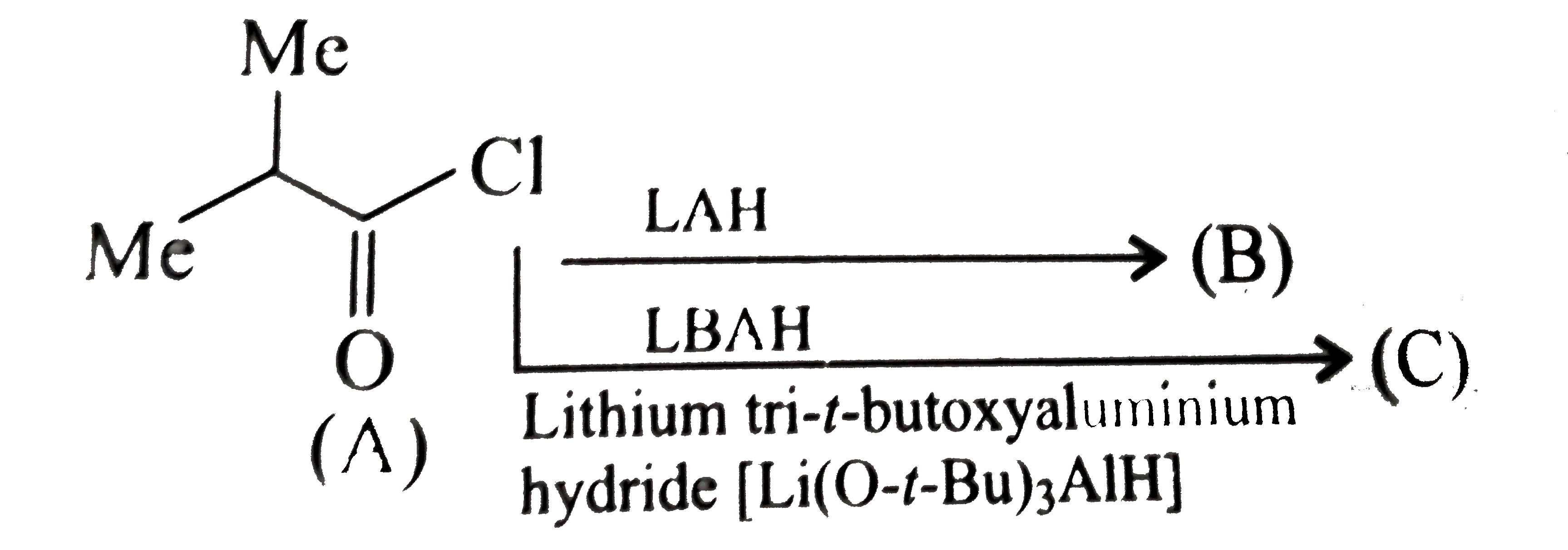Fluorination of an aromatic ring is easily accompolished by treating a diazonium salt with HBF4. Which of the following conditions is correct about this reaction ?
NaF/Cu
NaNO2/Cu
Cu2O;H2O
Only heat
To solve the question regarding the fluorination of an aromatic ring using a diazonium salt treated with HBF4, we will break down the process step by step.
1. Understanding the Reaction:
- The fluorination of aromatic compounds is not straightforward due to the reactivity of fluorine. Instead, we utilize a diazonium salt as an intermediate.
- The reaction involves treating an aromatic amine (like aniline) with HBF4 (fluoroboric acid) to facilitate the introduction of a fluorine atom onto the aromatic ring.
2. Formation of Diazonium Salt:
- First, we need to convert an aromatic amine (e.g., aniline) into a diazonium salt. This is done by treating the amine with sodium nitrite (NaNO2) and hydrochloric acid (HCl), which generates nitrous acid (HNO2).
- The reaction can be summarized as follows:
\(
\text{Aniline} + \text{NaNO}_2 + \text{HCl} \rightarrow \text{Diazonium Salt}
\)
3. Reaction with HBF4:
- The diazonium salt formed is then treated with HBF4. This results in the formation of a complex where the diazonium group is associated with the BF−4 ion.
- The reaction can be represented as:
\(
\text{Diazonium Salt} + \text{HBF}_4 \rightarrow \text{Diazonium-BF}_4 \text{ Complex}
\)
4. Decomposition of the Diazonium Salt:
- Upon heating, the diazonium salt undergoes decomposition. This step is crucial as it leads to the release of nitrogen gas and the formation of fluorobenzene.
- The overall reaction can be summarized as:
\(
\text{Diazonium-BF}_4 \text{ Complex} \xrightarrow{\text{heat}} \text{Fluorobenzene} + \text{N}_2 + \text{BCl}_3
\)
5. Conclusion:
- The key condition for this reaction is the application of heat to facilitate the decomposition of the diazonium salt, leading to the formation of fluorobenzene.
Final Answer:
The correct condition for the fluorination of an aromatic ring using diazonium salt treated with HBF4 is heating.
---
- The fluorination of aromatic compounds is not straightforward due to the reactivity of fluorine. Instead, we utilize a diazonium salt as an intermediate.
- The reaction involves treating an aromatic amine (like aniline) with HBF4 (fluoroboric acid) to facilitate the introduction of a fluorine atom onto the aromatic ring.
- First, we need to convert an aromatic amine (e.g., aniline) into a diazonium salt. This is done by treating the amine with sodium nitrite (NaNO2) and hydrochloric acid (HCl), which generates nitrous acid (HNO2).
- The reaction can be summarized as follows:
\(
\text{Aniline} + \text{NaNO}_2 + \text{HCl} \rightarrow \text{Diazonium Salt}
\)
- The diazonium salt formed is then treated with HBF4. This results in the formation of a complex where the diazonium group is associated with the BF−4 ion.
- The reaction can be represented as:
\(
\text{Diazonium Salt} + \text{HBF}_4 \rightarrow \text{Diazonium-BF}_4 \text{ Complex}
\)
- Upon heating, the diazonium salt undergoes decomposition. This step is crucial as it leads to the release of nitrogen gas and the formation of fluorobenzene.
- The overall reaction can be summarized as:
\(
\text{Diazonium-BF}_4 \text{ Complex} \xrightarrow{\text{heat}} \text{Fluorobenzene} + \text{N}_2 + \text{BCl}_3
\)
- The key condition for this reaction is the application of heat to facilitate the decomposition of the diazonium salt, leading to the formation of fluorobenzene.
The correct condition for the fluorination of an aromatic ring using diazonium salt treated with HBF4 is heating.
Topper's Solved these Questions
Similar Questions

Which of the folloiwng statements is correct about the above reaction?
View SolutionWhich of the following conditions is not correct for ideal solution:
View Solution
Which of the following statements are correct about the above reaction ?
View SolutionWhich of the following staements are correct about ElcB reaction ?
View SolutionWhich of the following is/are correct about the first order reaction ?
View SolutionWhich of the following statements are correct about the following reaction ?

View SolutionWhich of the following statements is correct about the following reactions ?
 .
.
View SolutionWhich of the following statements are correct about the following reaction

View SolutionWhich of the following statements is/are correct about the following reaction ?

View SolutionWhich of the following statement is not correct about order of a reaction ?
View Solution
